Mathematics of Machine Learning Algorithms
Introduction
Machine learning is a subfield of artificial intelligence that involves the development of algorithms that can learn from and make decisions or predictions based on data. The mathematics of machine learning involves the application of various mathematical concepts and techniques to develop, analyze, and understand these algorithms. This article will delve into the mathematical foundations of machine learning algorithms, including linear algebra, calculus, probability, and statistics.
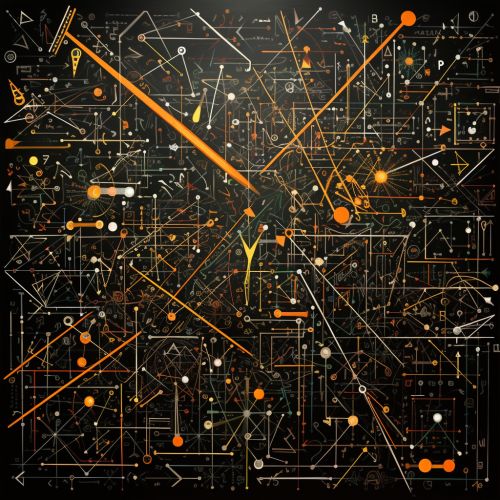
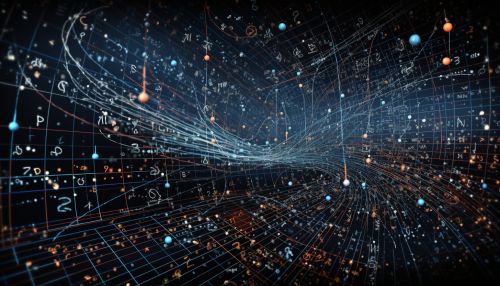
Linear Algebra
Linear algebra is a branch of mathematics that deals with vectors, vector spaces, linear transformations, and systems of linear equations. It is fundamental to the mathematics of machine learning because many machine learning algorithms, especially those used in deep learning, involve operations on vectors and matrices, which are key concepts in linear algebra.
Vectors and Matrices
A vector is a mathematical object that has both magnitude and direction, and it can be represented as an array of numbers. In machine learning, vectors are often used to represent data points or features. A matrix, on the other hand, is a two-dimensional array of numbers. Matrices are used in machine learning to represent multiple data points or features, and to perform transformations on these data points or features.
Linear Transformations
A linear transformation is a function that preserves the operations of addition and scalar multiplication. In the context of machine learning, linear transformations are used to transform data points or features in a way that makes them easier to work with or understand. For example, a common use of linear transformations in machine learning is feature scaling, which involves transforming the features of a dataset so that they all have a similar scale.

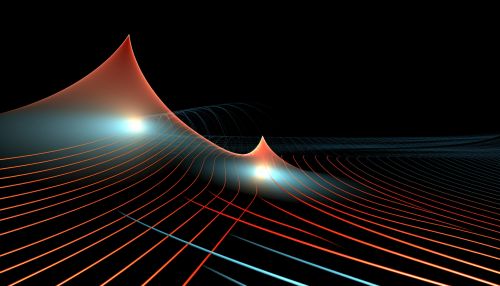
Calculus
Calculus is another branch of mathematics that is crucial to the mathematics of machine learning. It involves the study of change and motion, and it is used in machine learning to optimize algorithms and to understand how changes in the input of a machine learning algorithm can affect its output.
Derivatives
A derivative is a concept in calculus that measures how a function changes as its input changes. In machine learning, derivatives are used to optimize algorithms by finding the input that minimizes or maximizes the output of the algorithm. This is often done using a technique called gradient descent, which involves iteratively adjusting the input of the algorithm in the direction of the negative gradient of the function.
Integrals
An integral is another concept in calculus that measures the accumulation of quantities. In machine learning, integrals are often used in the context of probabilistic models to calculate the probability of a certain event occurring.


Probability and Statistics
Probability and statistics are branches of mathematics that deal with uncertainty, variability, and data analysis. They are used in machine learning to model uncertainty, to make predictions, and to analyze and understand data.
Probability Theory
Probability theory is the branch of mathematics that deals with the analysis of random phenomena. It is used in machine learning to model the uncertainty that is inherent in many real-world phenomena. For example, a machine learning algorithm might use probability theory to model the uncertainty in the outcome of a coin toss, or the uncertainty in the future price of a stock.
Statistical Inference
Statistical inference is the process of using data to make conclusions about a population or process. In machine learning, statistical inference is often used to make predictions about future data based on past data. For example, a machine learning algorithm might use statistical inference to predict the future price of a stock based on past stock prices.
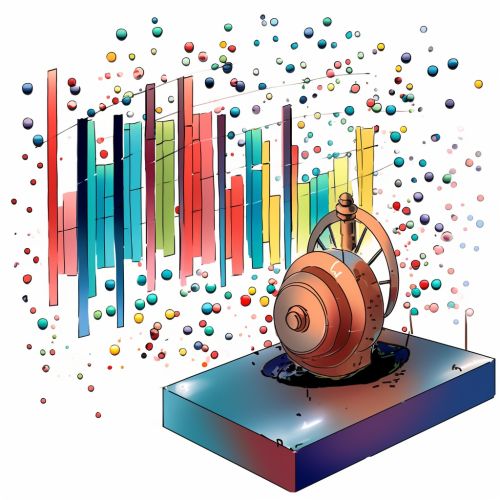
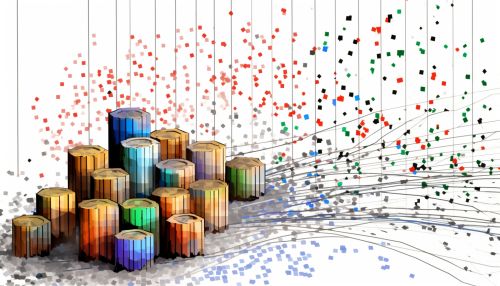
Conclusion
The mathematics of machine learning is a complex and fascinating field that combines concepts from linear algebra, calculus, probability, and statistics. These mathematical foundations are crucial for developing, analyzing, and understanding machine learning algorithms. By delving into these mathematical concepts, one can gain a deeper understanding of how machine learning algorithms work and how they can be optimized and improved.
